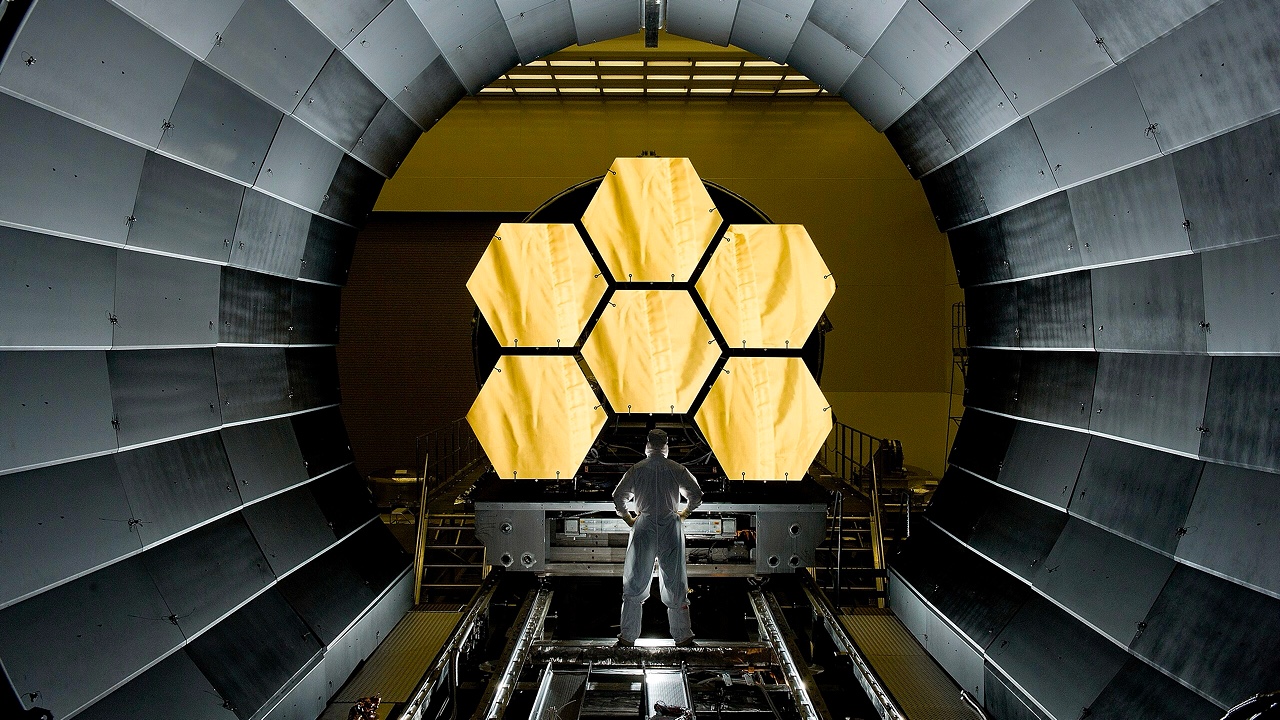
NASA has been at the forefront of space exploration for more than six decades, launching some of the most iconic and groundbreaking missions in history. From putting a man on the Moon to exploring the farthest reaches of our solar system, NASA’s contributions have reshaped our understanding of space and our place in the universe. Here are some of the most iconic NASA missions that have captivated the world and pushed the boundaries of human knowledge.
Apollo 11: The First Moon Landing
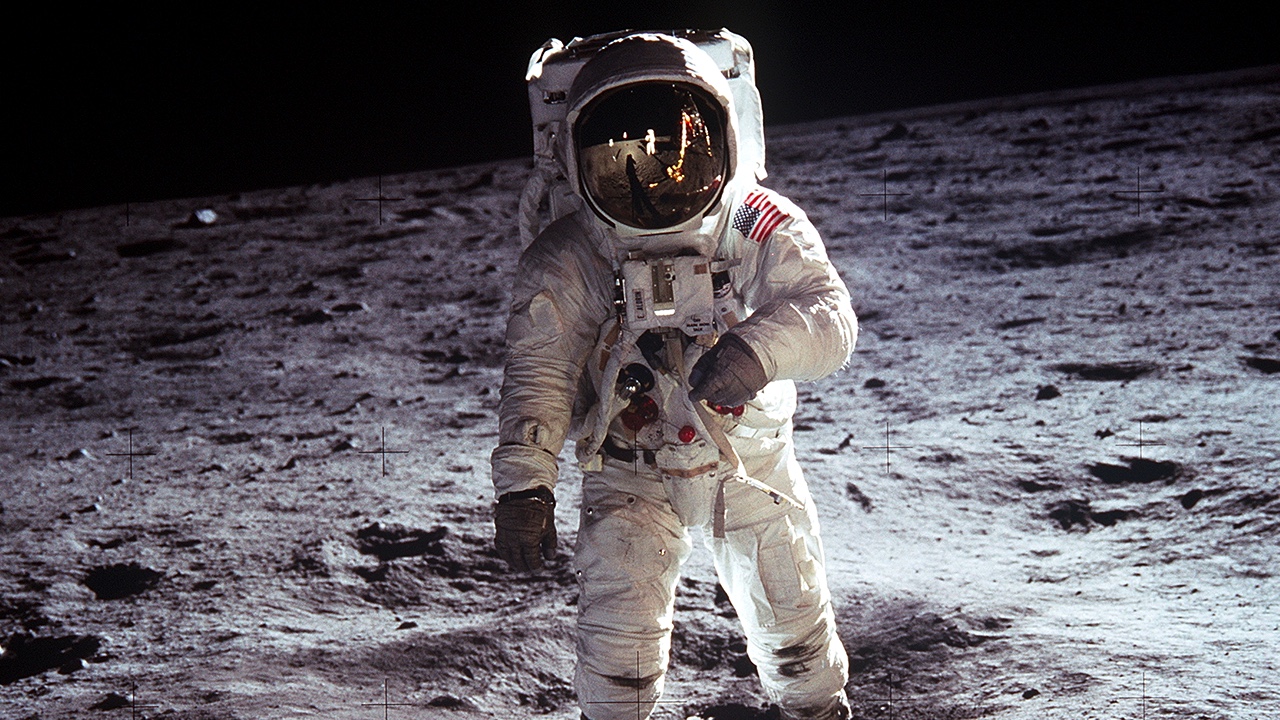
Perhaps the most famous mission in NASA’s history, Apollo 11 made history on July 20, 1969, when astronauts Neil Armstrong and Buzz Aldrin became the first humans to set foot on the Moon. Armstrong’s famous words, “That’s one small step for man, one giant leap for mankind,” marked the culmination of years of space exploration and represented a monumental achievement for humanity. The Apollo 11 mission not only demonstrated America’s space prowess but also sparked global interest in space science and exploration. (Source: NASA)
Voyager 1: The Journey to Interstellar Space
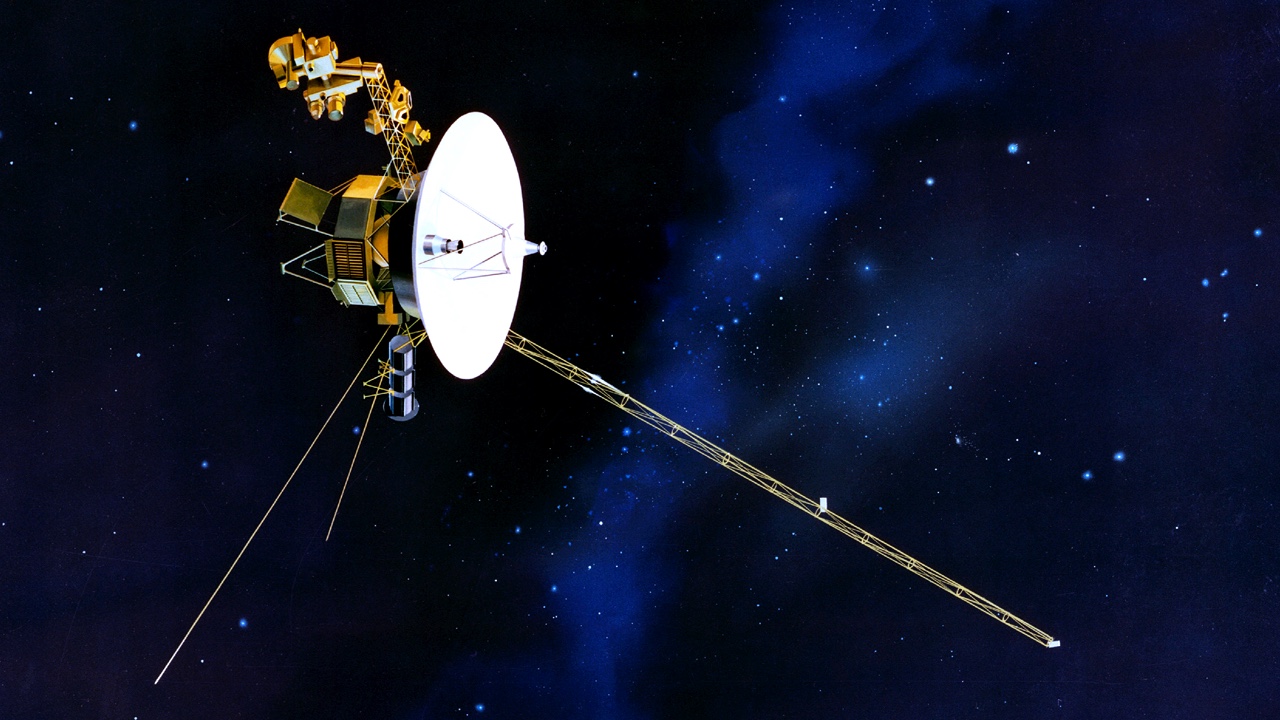
Launched in 1977, Voyager 1 was designed to explore the outer planets of our solar system. However, it has gone far beyond its initial mission, becoming the first human-made object to enter interstellar space. Traveling over 14 billion miles from Earth, Voyager 1 continues to send back data from beyond the solar system, providing invaluable information about cosmic radiation and the environment of interstellar space. Its Golden Record, a message to potential extraterrestrial life, also remains a symbolic gesture of humanity’s curiosity and ambition. (Source: NASA Science)
Hubble Space Telescope: Unveiling the Universe
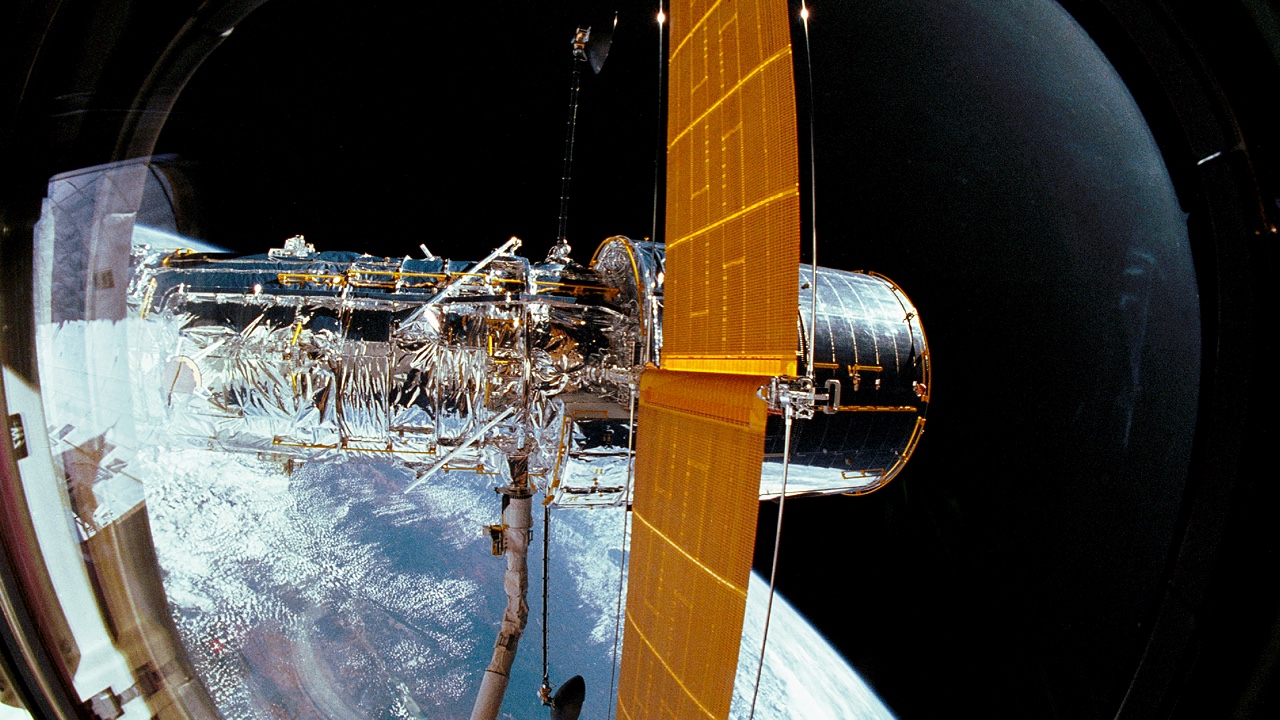
Launched in 1990, the Hubble Space Telescope revolutionized our understanding of the universe. By capturing high-resolution images in ultraviolet, visible, and infrared wavelengths, Hubble has provided breathtaking views of distant galaxies, nebulae, and planets. It has been instrumental in discovering the rate of the universe’s expansion and identifying exoplanets in distant star systems. Hubble’s images continue to inspire both scientists and the public, making it one of the most beloved scientific instruments of all time. (Source: The Planetary Society)
Mars Rover Missions: Unlocking the Mysteries of the Red Planet
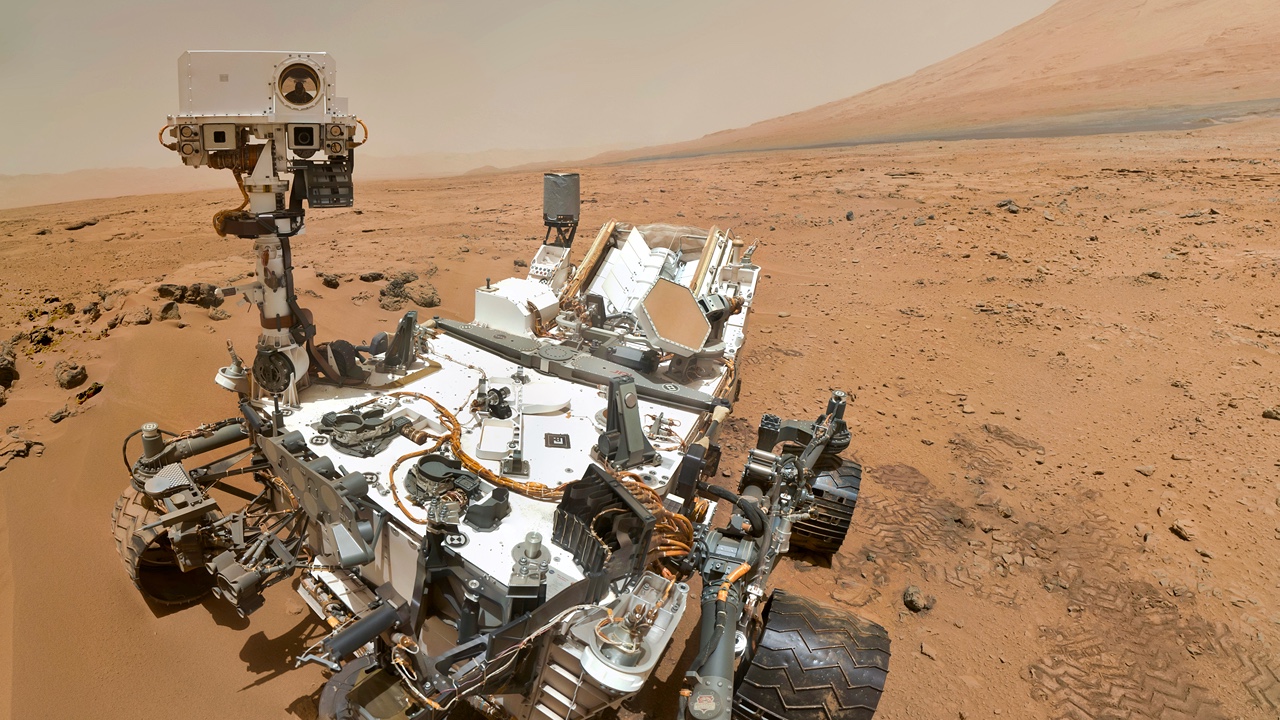
NASA’s rover missions to Mars have been a series of groundbreaking steps in our quest to explore the Red Planet. Starting with Spirit and Opportunity in 2004, followed by Curiosity in 2012, and the most recent Perseverance rover in 2021, these missions have uncovered vital data about the planet’s geology, climate, and potential for supporting life. The Perseverance rover, in particular, is collecting soil samples and searching for signs of ancient microbial life, while also testing the first-ever helicopter, Ingenuity, on another world. (Source: NASA Mars Exploration)
Apollo 13: A Mission of Survival
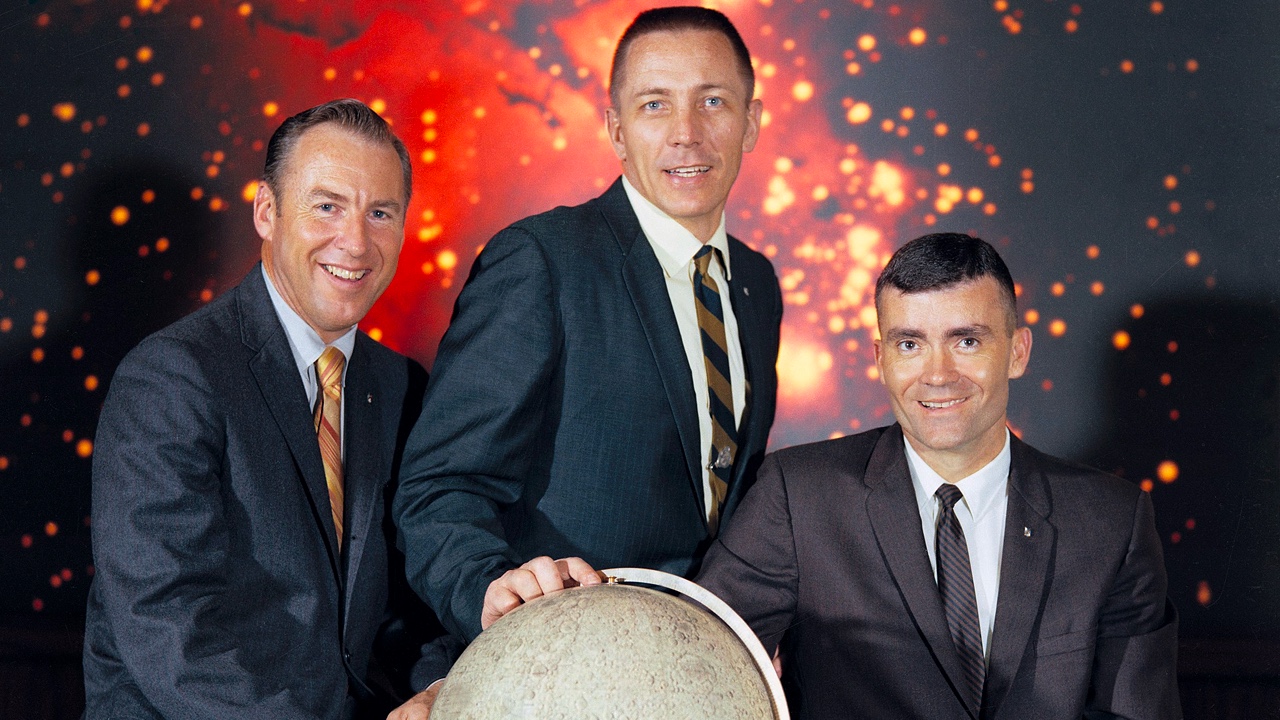
While Apollo 13 did not achieve its intended goal of landing on the Moon, it became one of the most iconic missions due to the crew’s resilience and the extraordinary efforts by NASA engineers. Launched in 1970, an oxygen tank explosion forced the crew to abort their mission and return to Earth prematurely. Through teamwork and ingenuity, NASA was able to bring astronauts Jim Lovell, Jack Swigert, and Fred Haise back safely, turning a near-tragedy into a story of survival and determination. (Source: NASA)
The Space Shuttle Program: Reusable Spaceflight
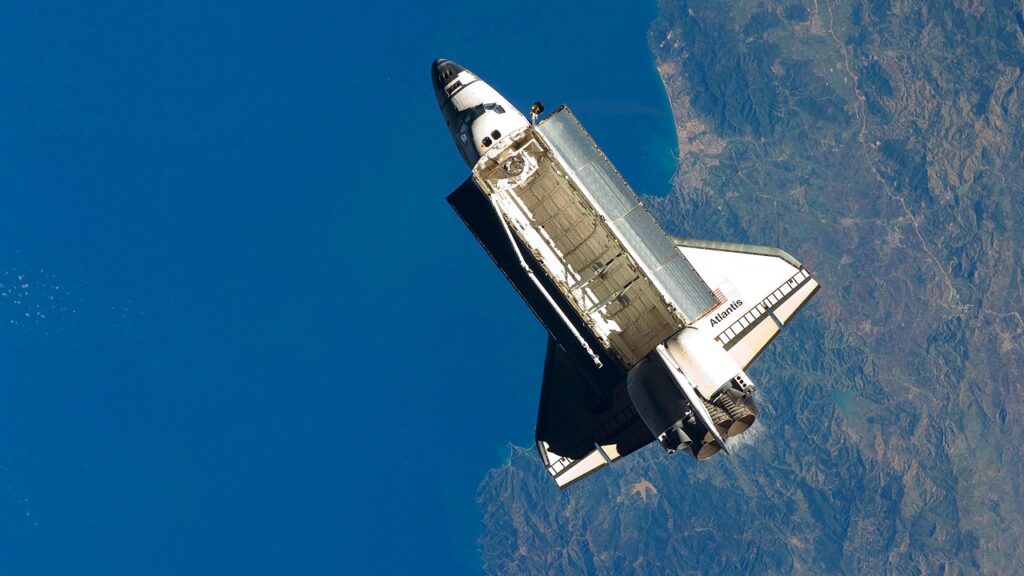
From 1981 to 2011, NASA’s Space Shuttle Program provided regular access to low Earth orbit. The space shuttle was a reusable spacecraft designed to carry astronauts and cargo into space. Missions such as STS-7, which saw the deployment of the first communications satellite, and STS-31, which delivered the Hubble Space Telescope into orbit, were pivotal in advancing both science and technology. The program also played a key role in constructing the International Space Station (ISS). Though the program ended in 2011 after the tragic loss of Columbia and Challenger, the legacy of the shuttle still impacts space exploration today. (Source: NASA Shuttle Program)
The James Webb Space Telescope: A New Era of Cosmic Discovery
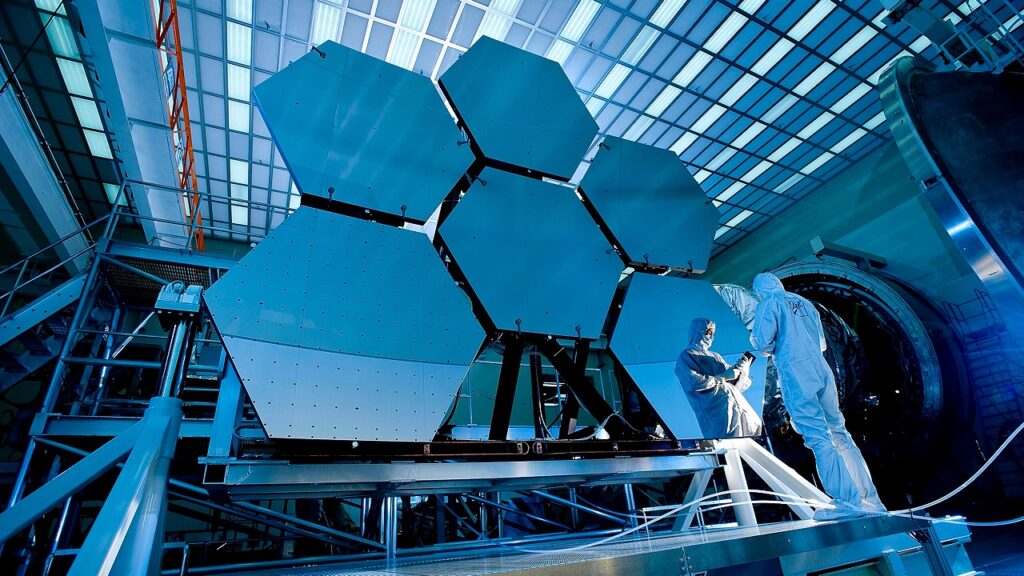
Set to launch in December 2021, the James Webb Space Telescope (JWST) is NASA’s next-generation space observatory, designed to look farther into the universe than ever before. With its advanced infrared capabilities, JWST will be able to peer through cosmic dust and examine the formation of stars, galaxies, and even the potential for life on exoplanets. The JWST promises to answer fundamental questions about the origins of the universe and provide unprecedented insights into the early stages of cosmic history. (Source: NASA JWST)
The International Space Station: A Global Scientific Laboratory
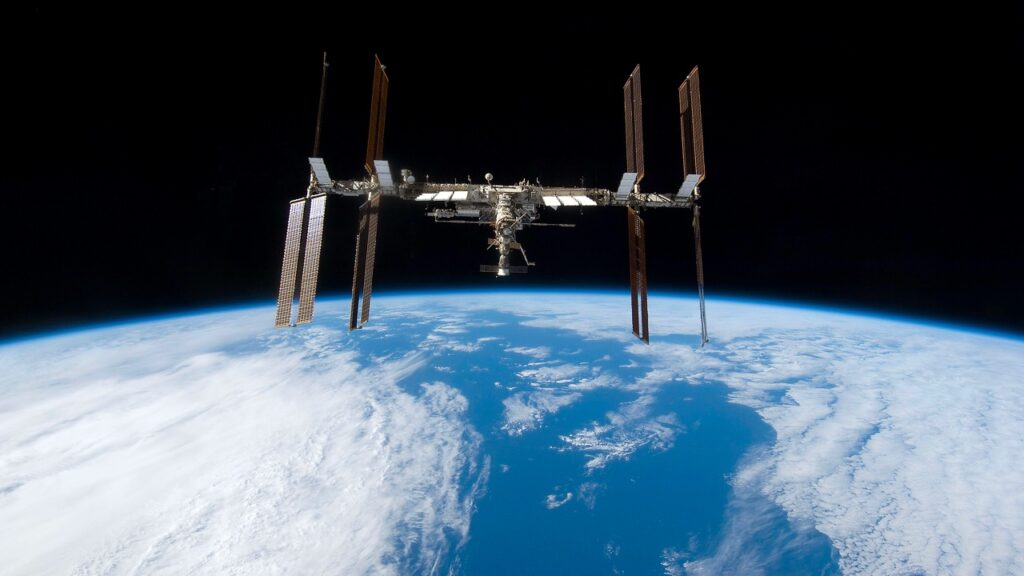
The International Space Station (ISS), a joint venture between NASA, Roscosmos, ESA, JAXA, and CSA, has been orbiting Earth since 1998. It serves as both a scientific laboratory and a platform for international cooperation in space exploration. The ISS conducts research in microgravity, helping to develop new technologies and medical treatments, and has become a proving ground for future deep space missions. The space station has hosted numerous astronauts from various countries and continues to be a symbol of collaboration in space. (Source: NASA ISS)
New Horizons: The First Visit to Pluto
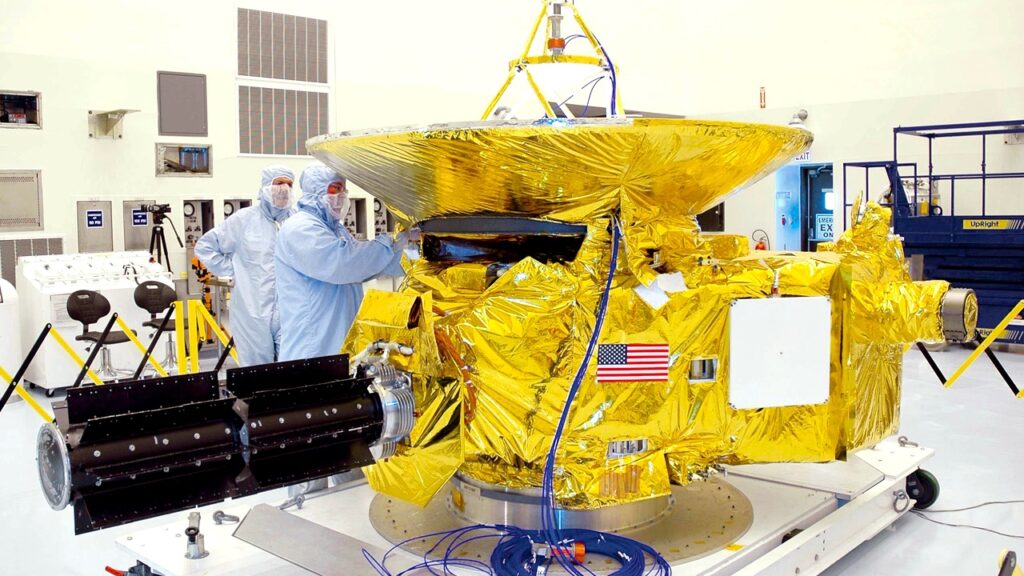
Launched in 2006, New Horizons made history when it became the first spacecraft to fly by Pluto in 2015, sending back breathtaking images of the dwarf planet. The mission provided the first detailed images of Pluto’s surface, revealing towering ice mountains, vast plains, and a complex atmosphere. New Horizons continues to explore the outer reaches of the solar system, offering scientists new insights into the Kuiper Belt and other distant objects. (Source: NASA New Horizons)
Artemis Program: Returning Humans to the Moon
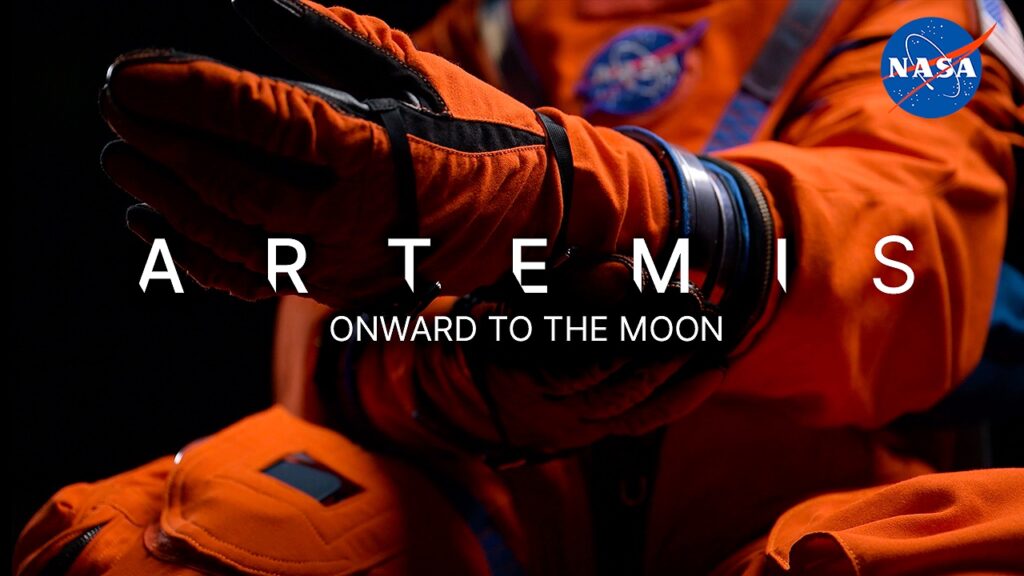
The Artemis program is NASA’s ambitious plan to return humans to the Moon by 2024, with a goal to establish a sustainable presence by the 2030s. The program aims to send the first woman and the next man to the lunar surface, paving the way for future missions to Mars and beyond. With the Orion spacecraft and Space Launch System (SLS) rocket, Artemis is set to propel humanity into a new era of space exploration. (Source: NASA Artemis)